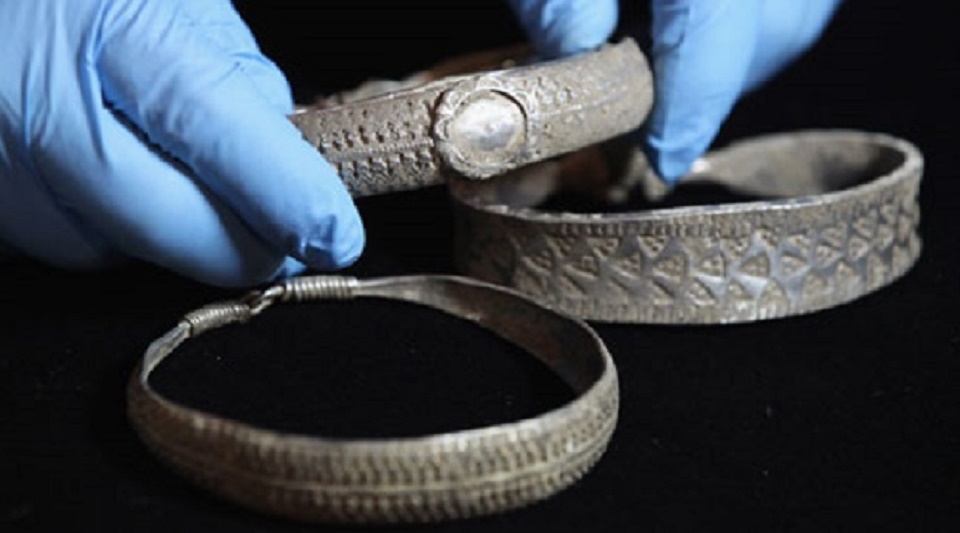
A large Viking hoard consisting of over 200 pieces of silver jewelry and coins has been found in Silverdale, Lancashire.
It was found by amateur archaeologist Darren Webster who used a metal detector that his wife gave him as a Christmas present.
The silver treasure consists of 201 pieces and weights almost 1 kilo (2,2 pounds). It includes several arm rings, as typically worn by Viking warriors and is dated to around 900 CE.
To a time when some Vikings started to colonize the area for a permanent settlement instead of raiding. The hoard is among the greatest findings this century and since it was never recovered by its owner, it would suggest that he probably came to an ultimate end.
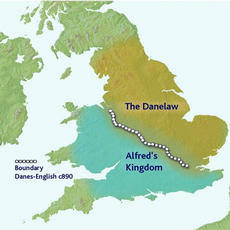
“It was a considerable sum of money, the price of a reasonable herd of cattle, or a very good herd of sheep,” says Gareth Williams, an expert in coins at the British Museum where the hoard is being studied, “One arm ring alone would just buy you an ox.”.
One of the coins found has the inscription of Airdeconut on one side. This name is previously unheard of among archaeologist and historians. It could be a local attempt to spell Hardaknut, who were a Viking king that reigned over Denmark and also England from 1035 to 1042 CE, during the so-called “Danelaw”. When Scandinavians controlled large amounts of territory on the British Isles.
This theory raises problems however since the hoard seems to be one hundred years older than the famous king. It could also be a misspelling of the king “Canute’s” name.
But it could also have been another, earlier king Hardeknut in England. During the years 883 and 895, a king Gudfred reigned in Britain, and he may have had a son named Hardeknut. Since there was a tradition among the Vikings to name their sons after their grandfather. But Gudfred’s successor may also have been Seifred, therefore archaeologist is still not sure where to place this unknown king.
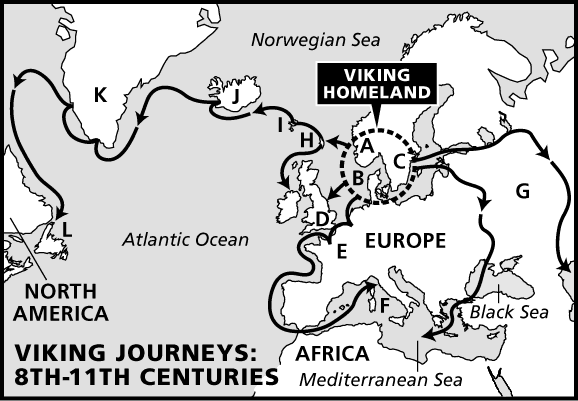
The hoard also contains coins minted for the king Alwaldus, who defected to the Vikings in Northumbria, after unsuccessfully attempting to claim the English crown from his uncle Alfred the Great.
Whoever dug the hoard down and whatever his or hers ultimate fate was, that person lost true treasure, then hidden for over a millennium for an unsuspecting ordinary Englishman Darren Webster to be considerably richer today, since he can now expect a reward from the Museum of Lancaster.
_______________
Two hoards and one unknown Viking ruler
______________________________





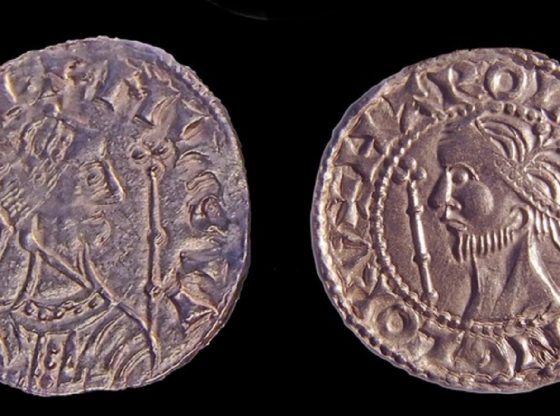

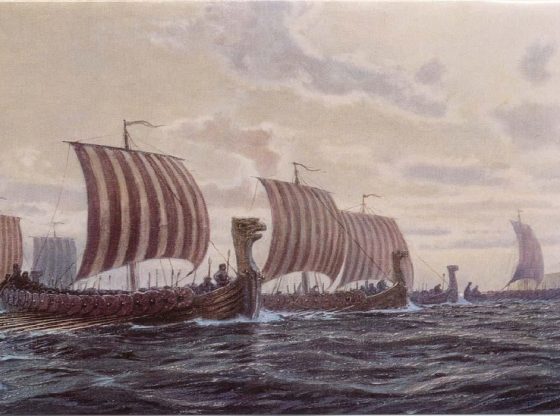
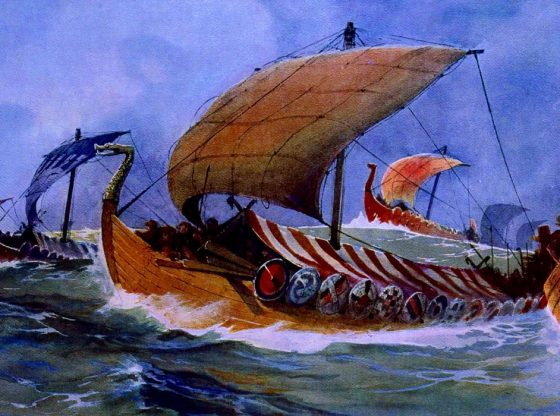
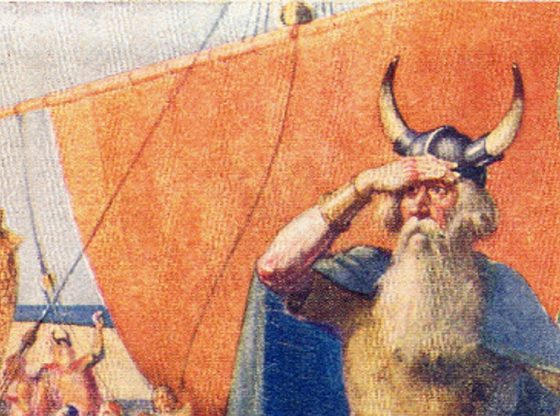
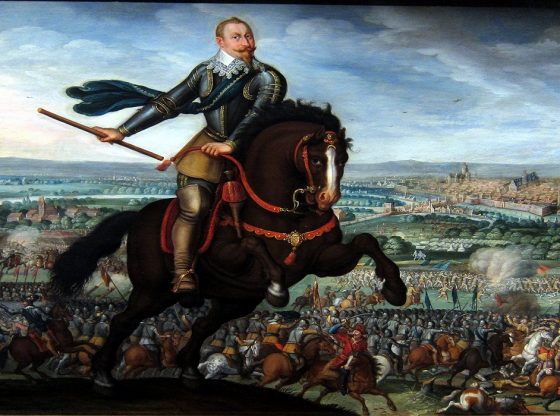
![OpenAI. (2025). ChatGPT [Large language model]. https://chatgpt.com](https://www.illustratedcuriosity.com/files/media/55136/b1b0b614-5b72-486c-901d-ff244549d67a-350x260.webp)
![OpenAI. (2025). ChatGPT [Large language model]. https://chatgpt.com](https://www.illustratedcuriosity.com/files/media/55124/79bc18fa-f616-4951-856f-cc724ad5d497-350x260.webp)
![OpenAI. (2025). ChatGPT [Large language model]. https://chatgpt.com](https://www.illustratedcuriosity.com/files/media/55099/2638a982-b4de-4913-8a1c-1479df352bf3-350x260.webp)








